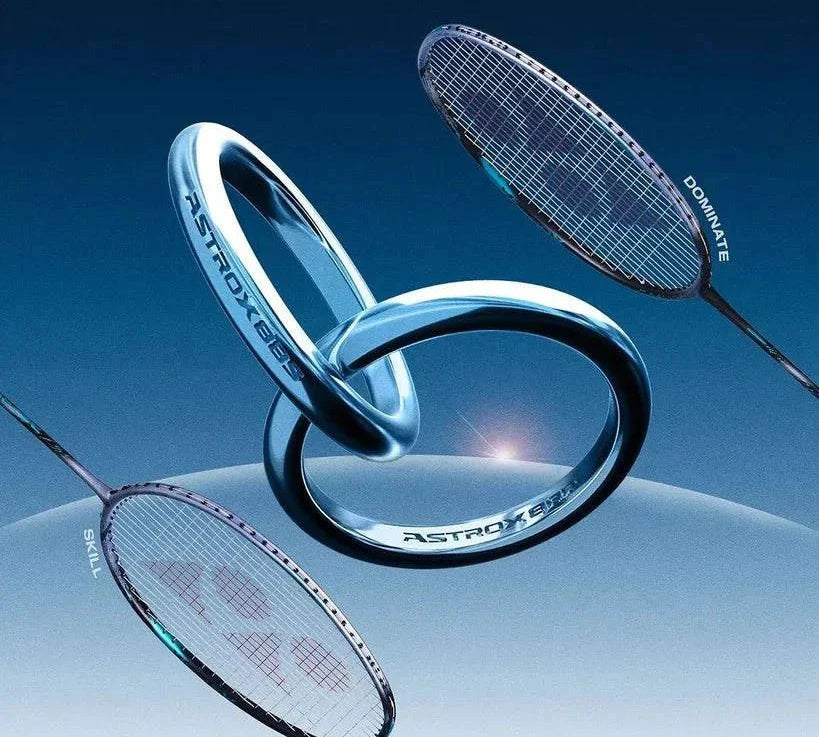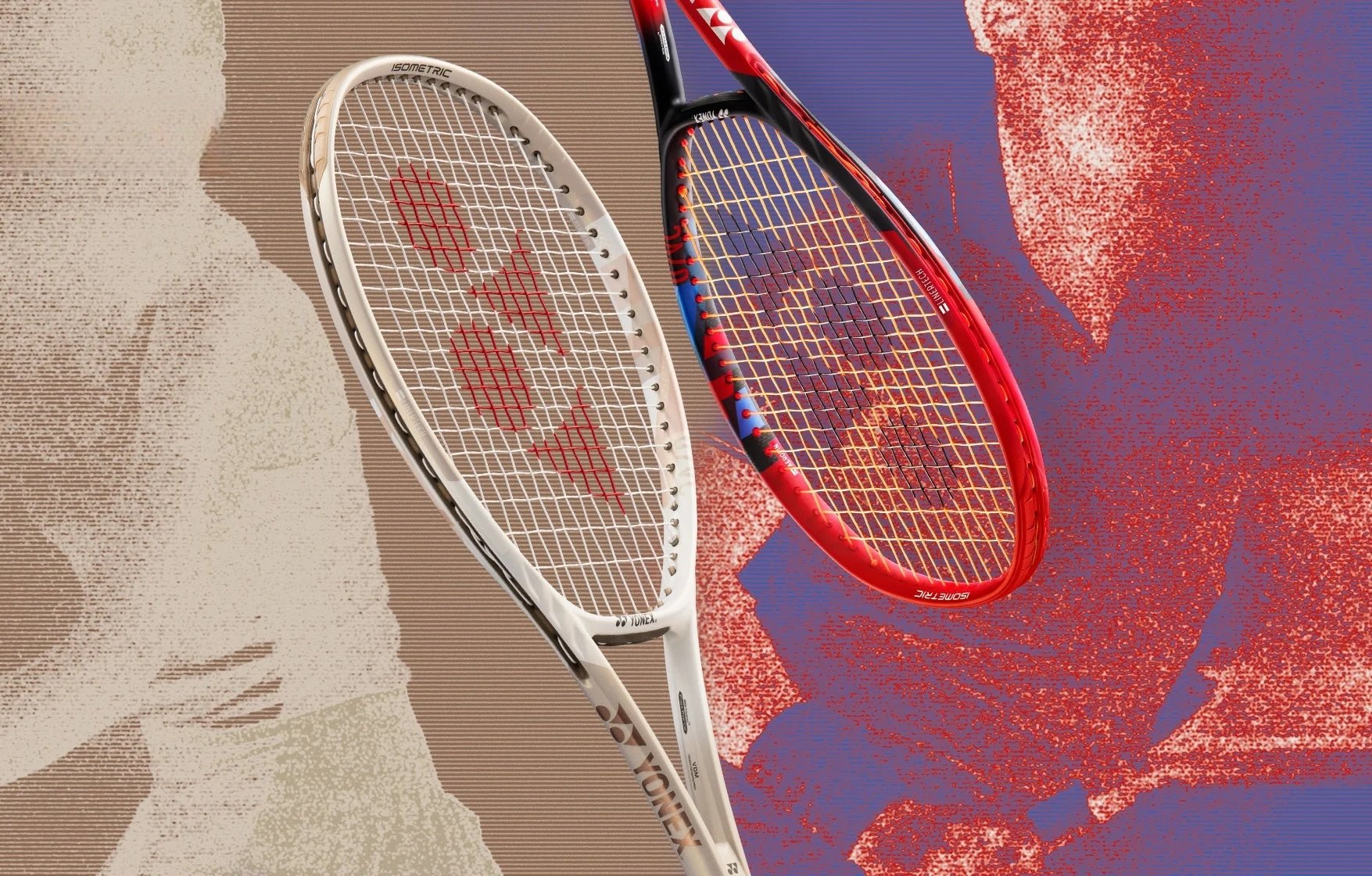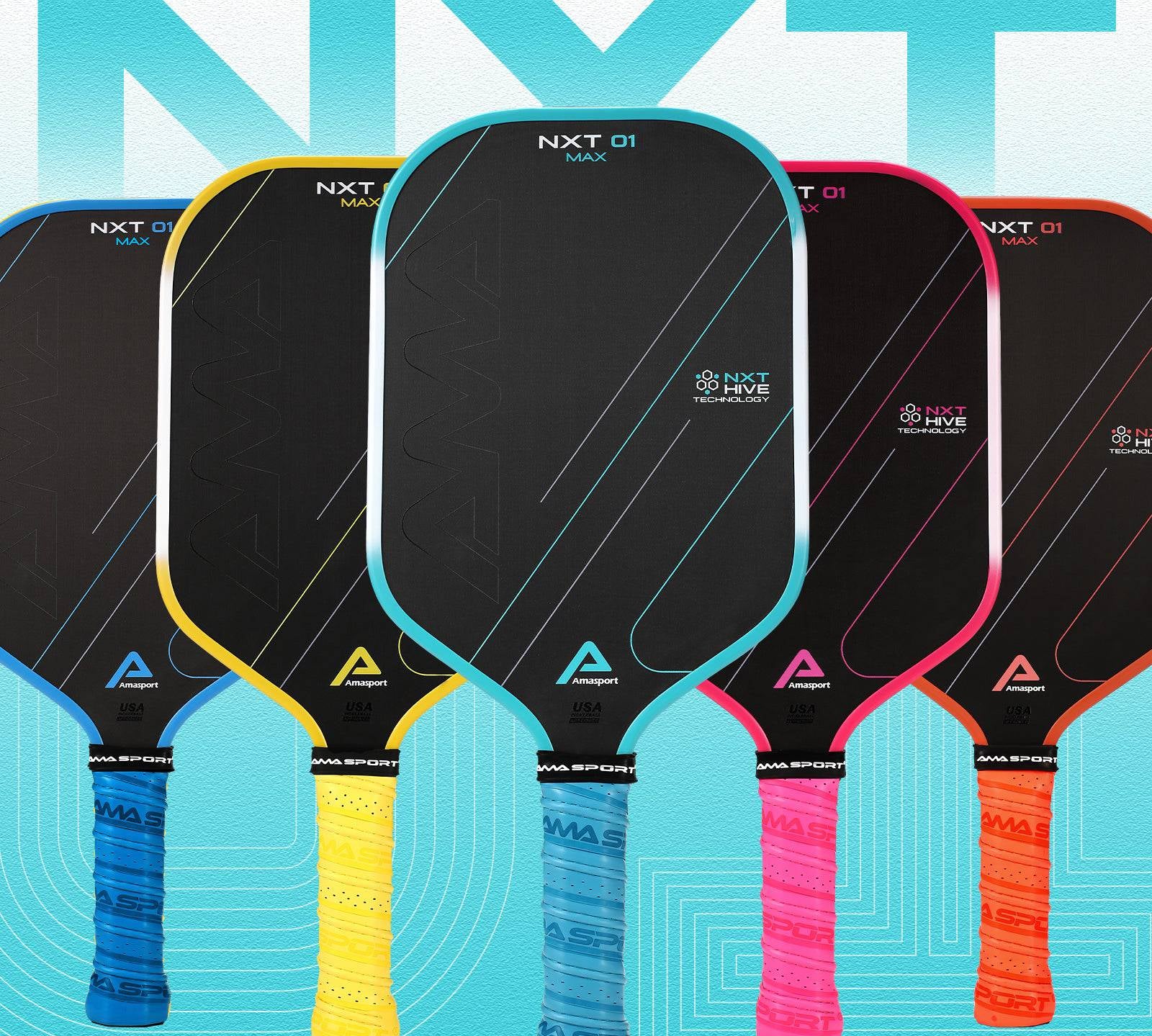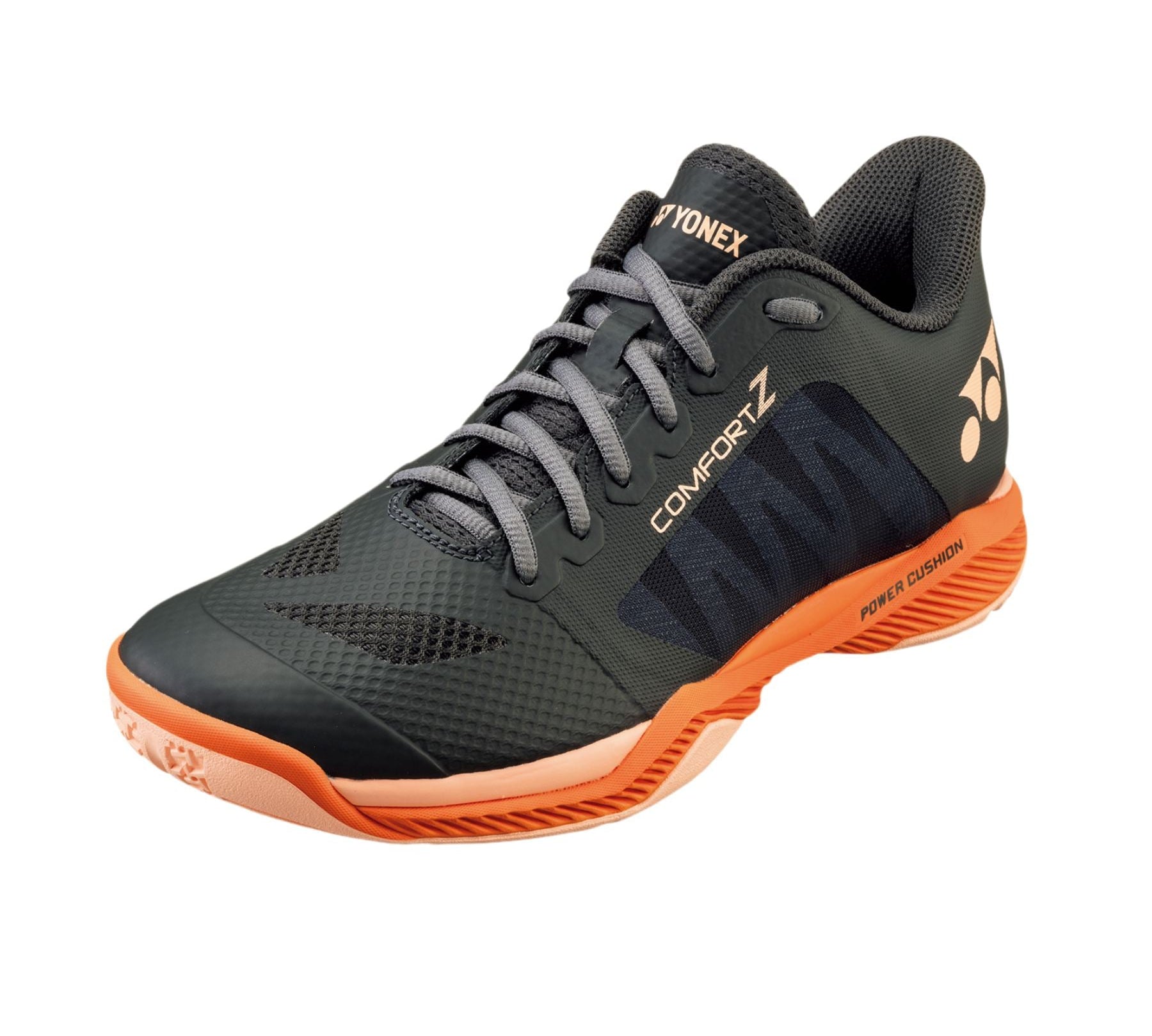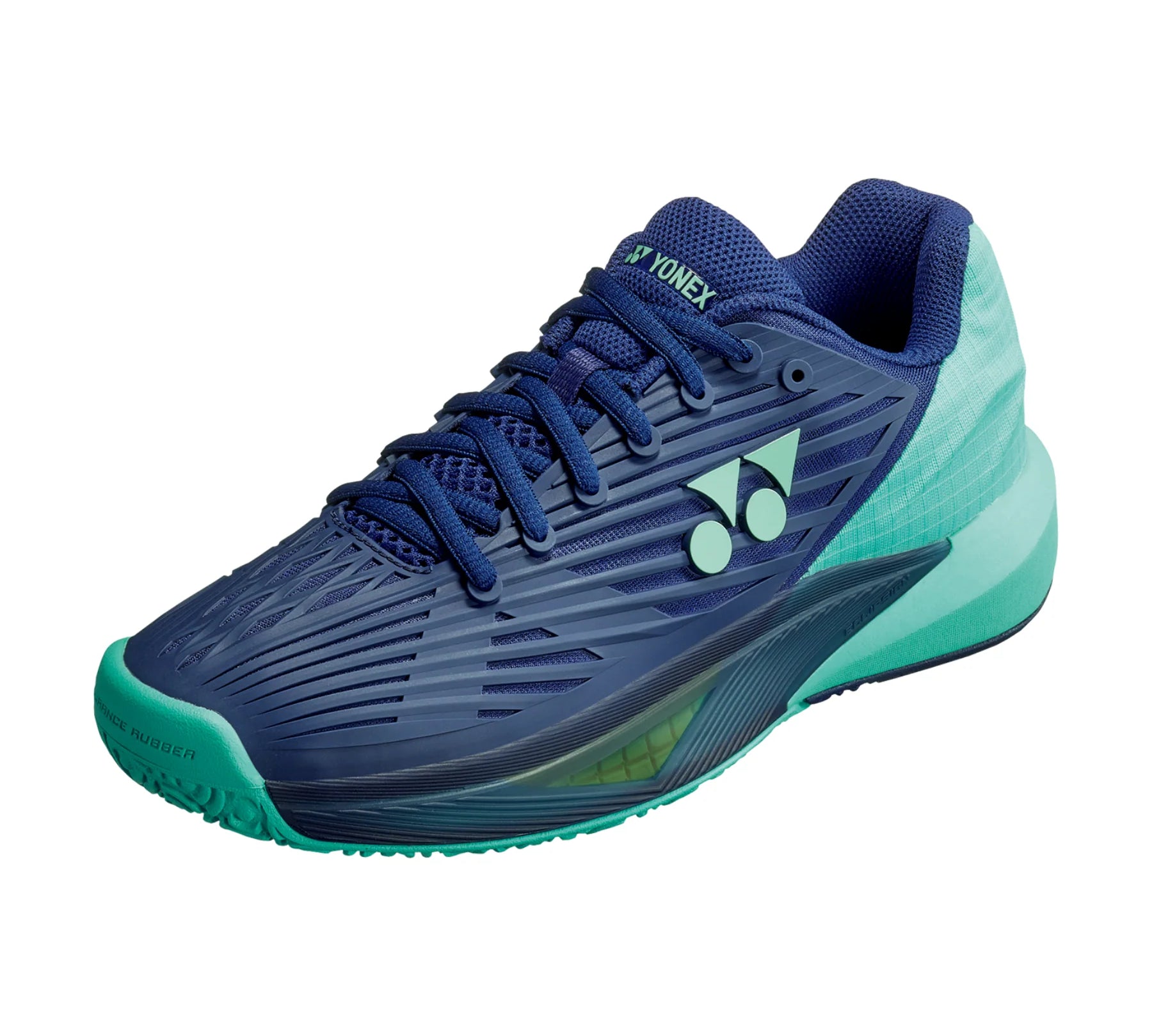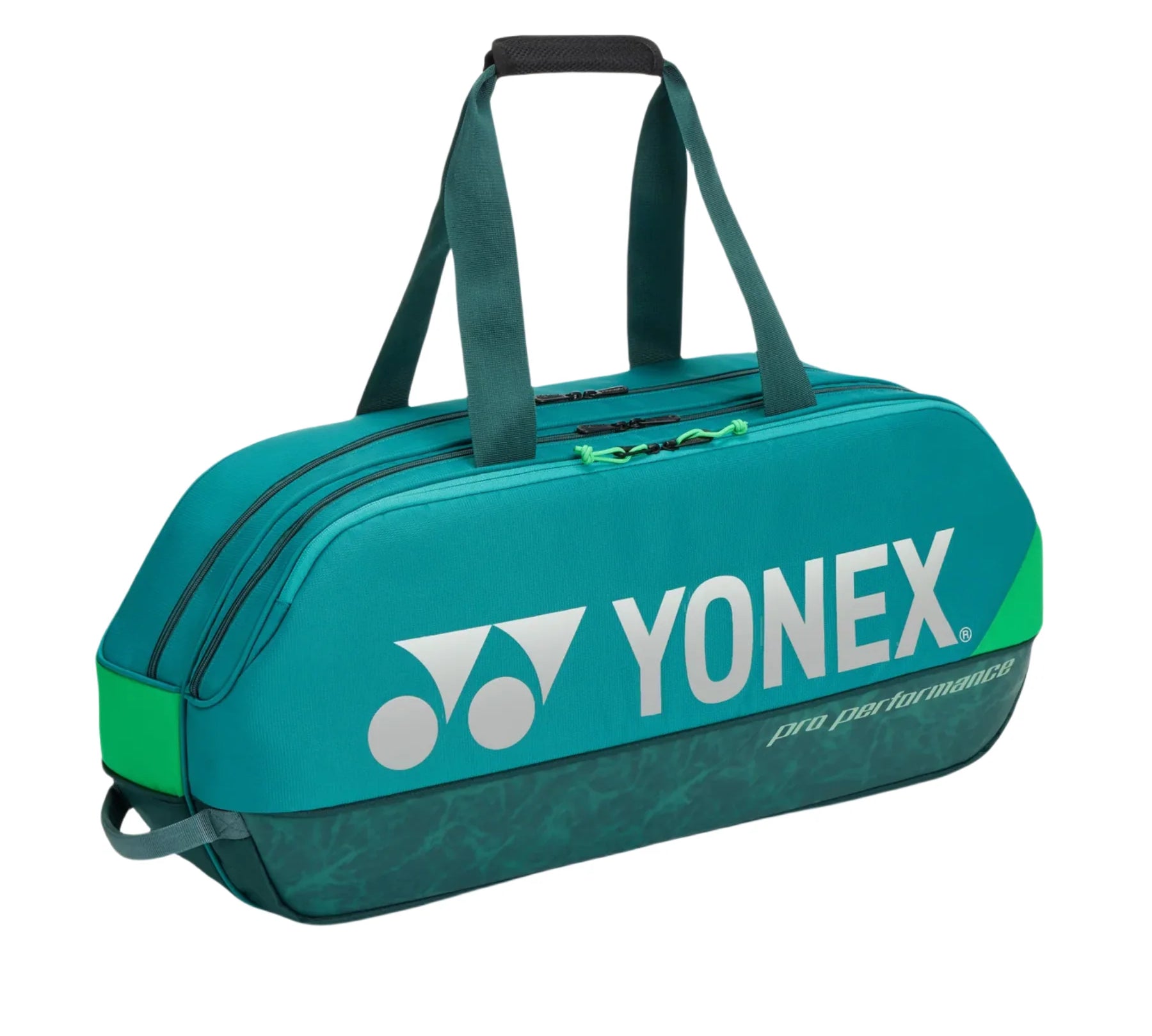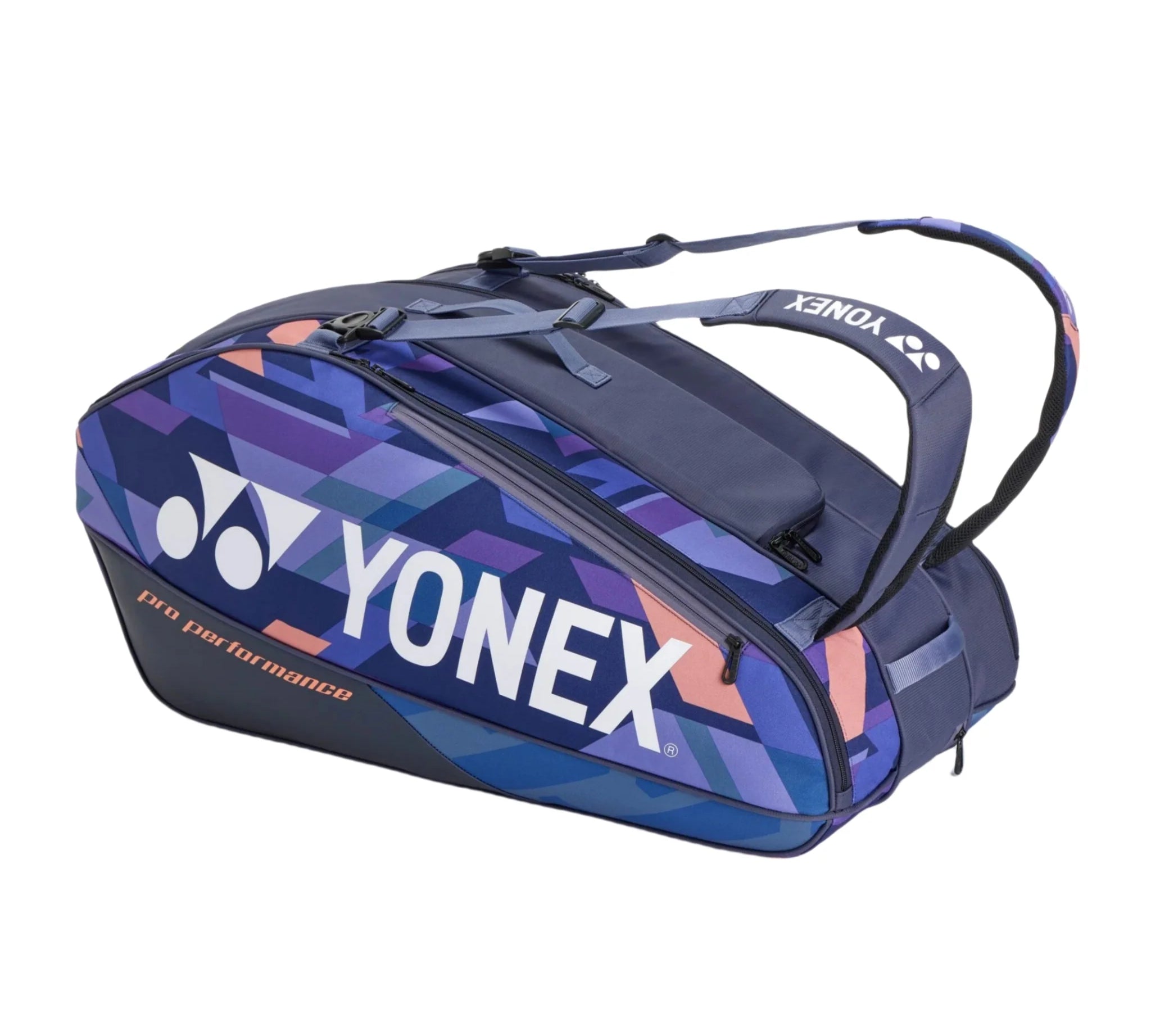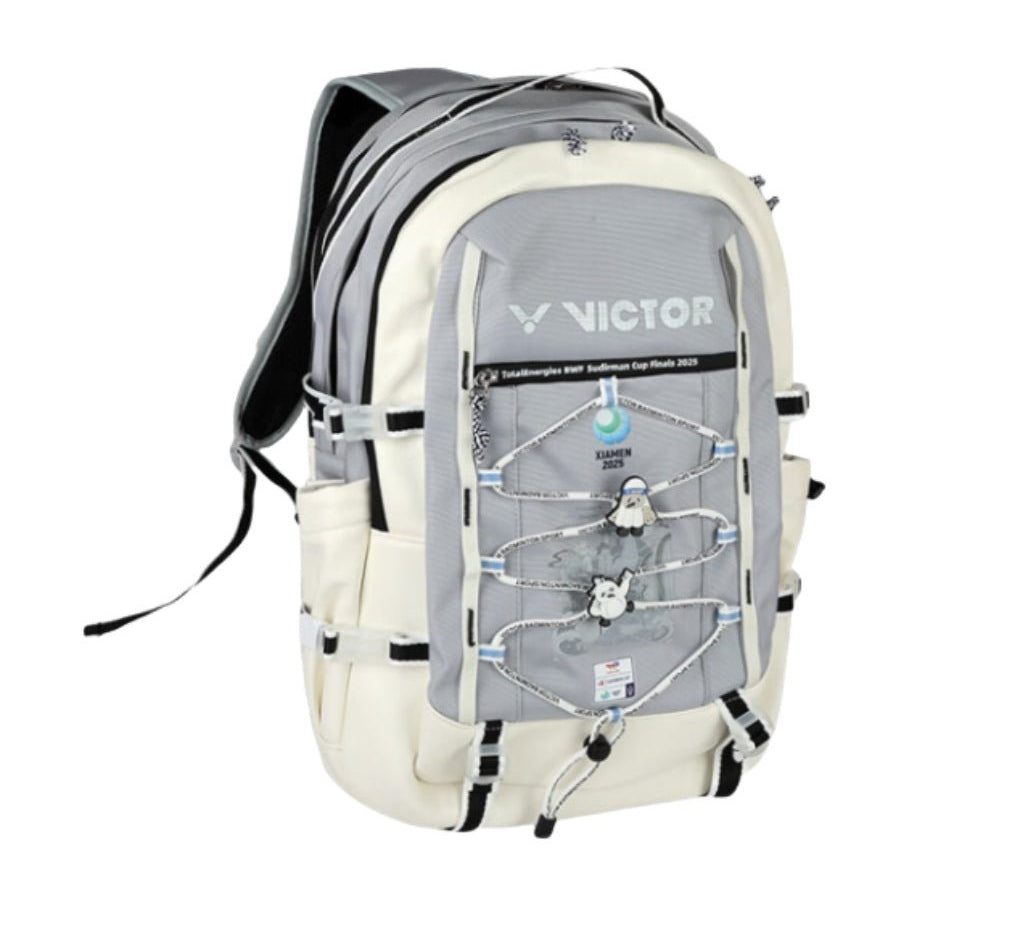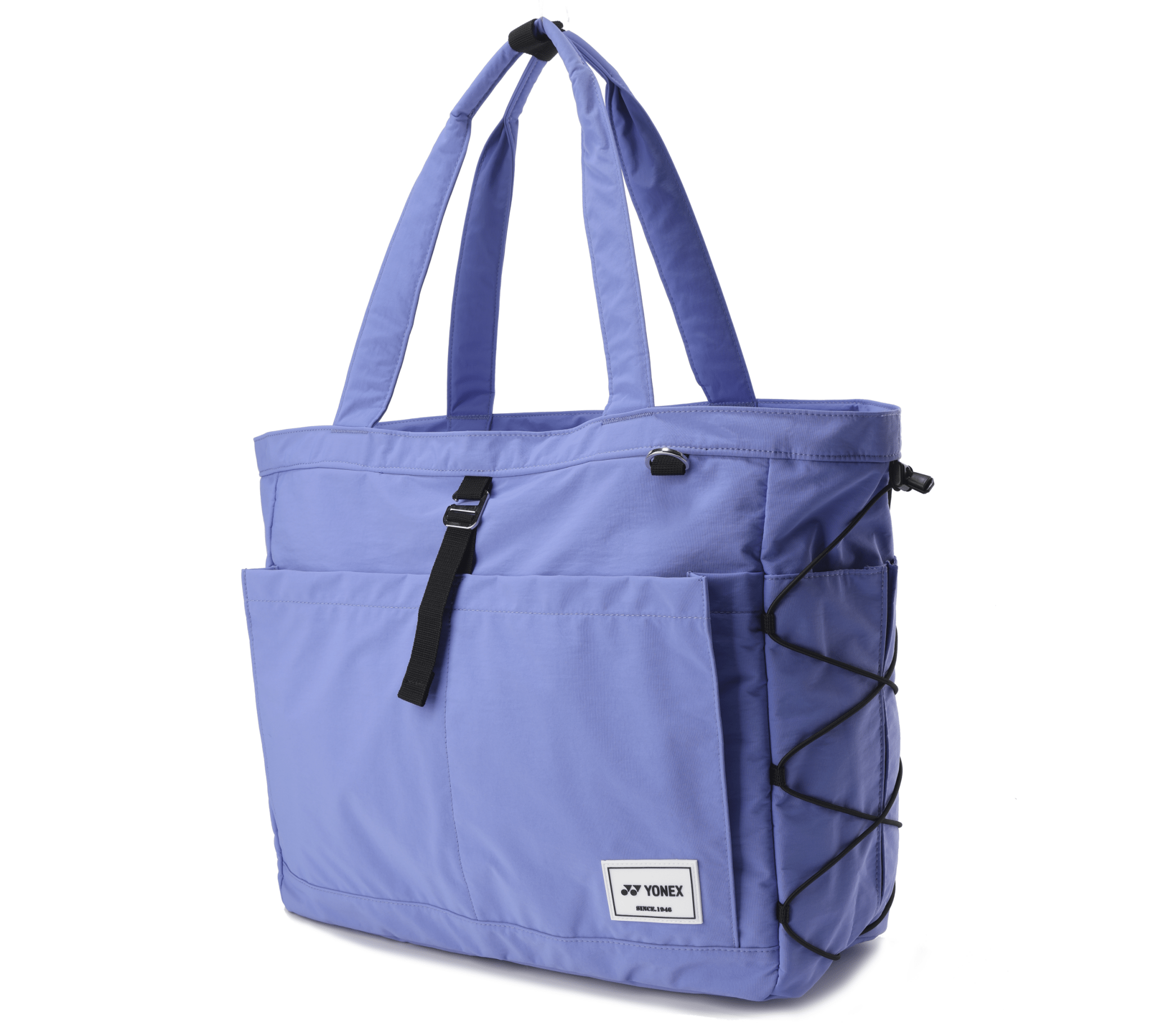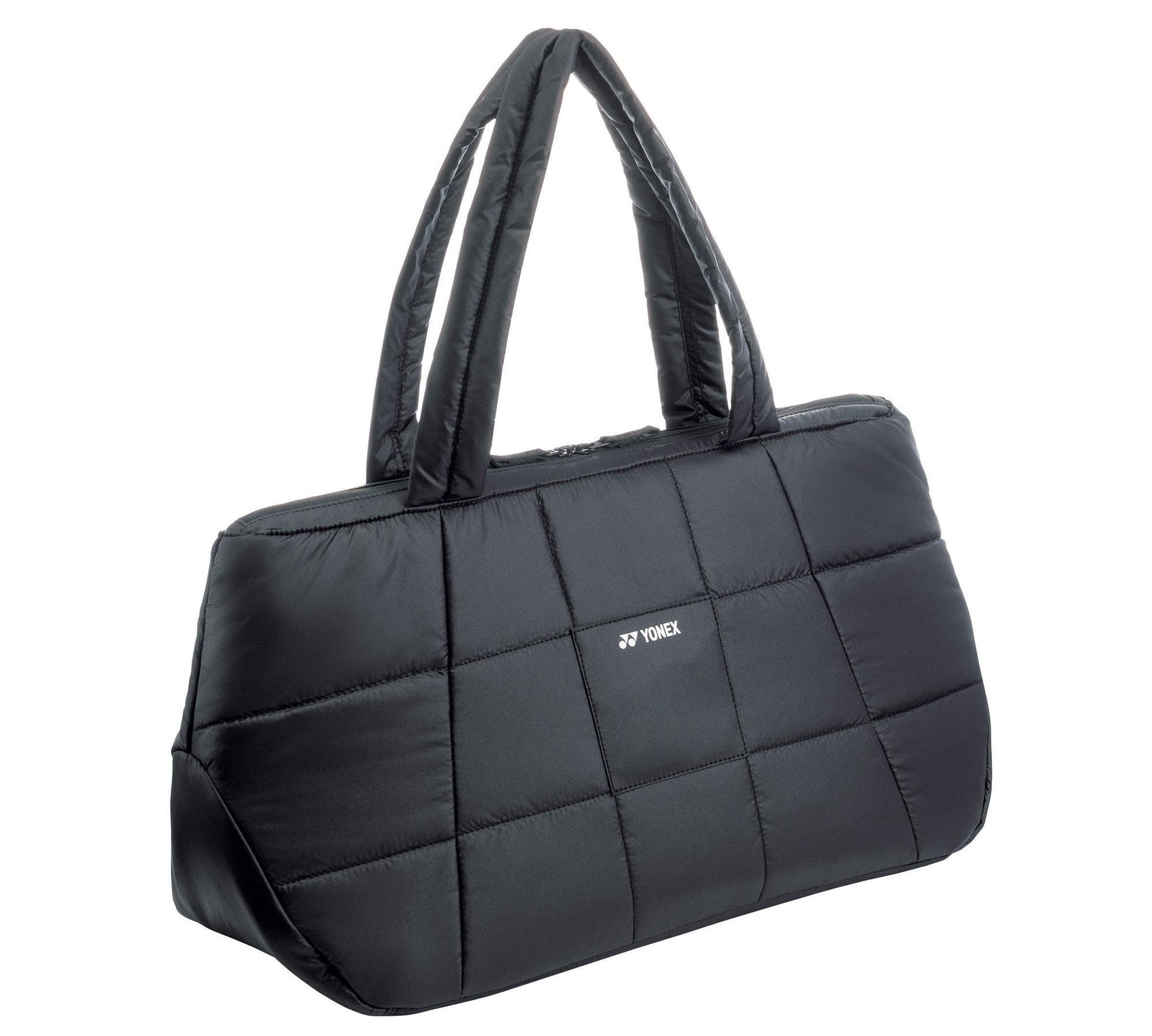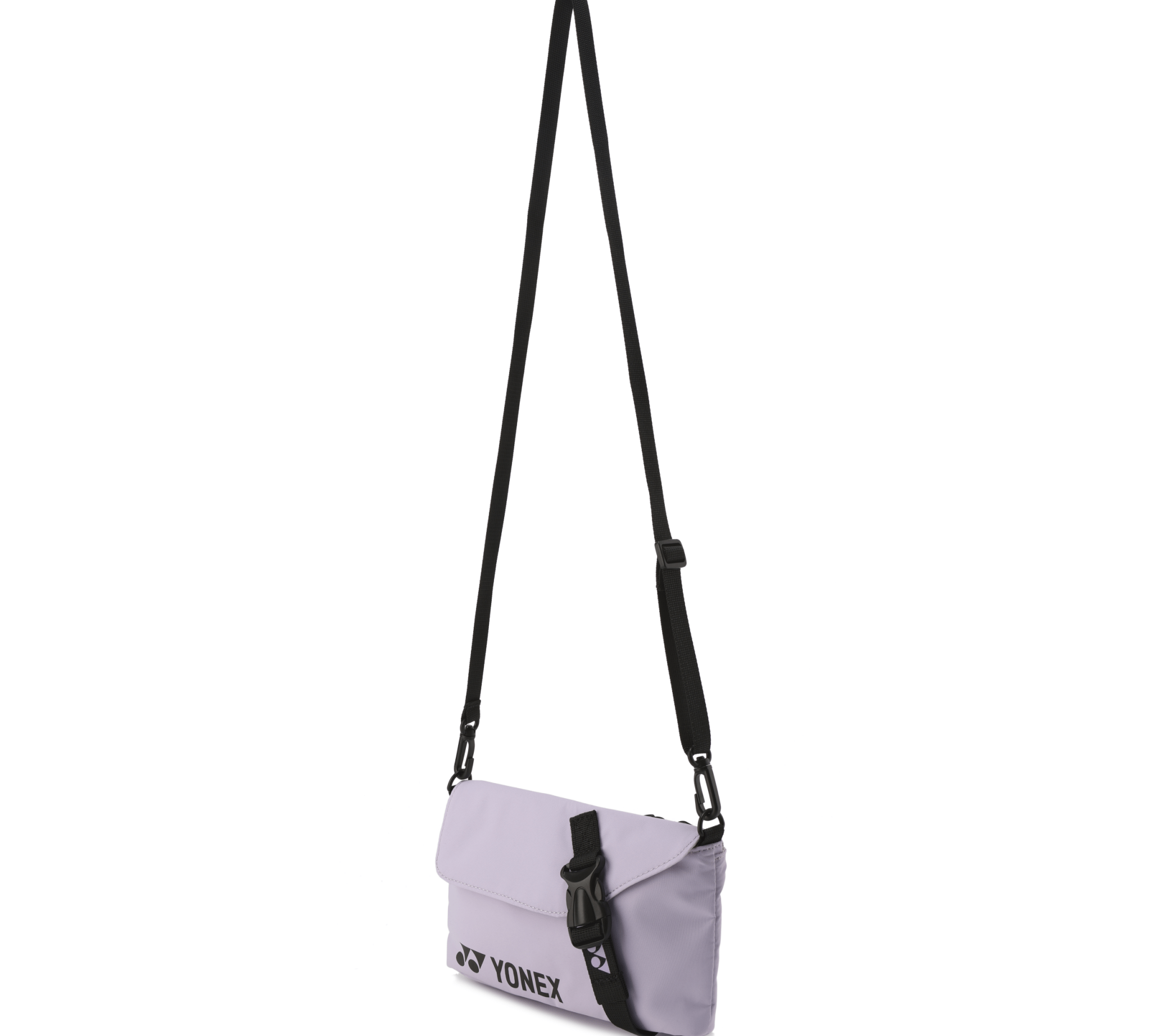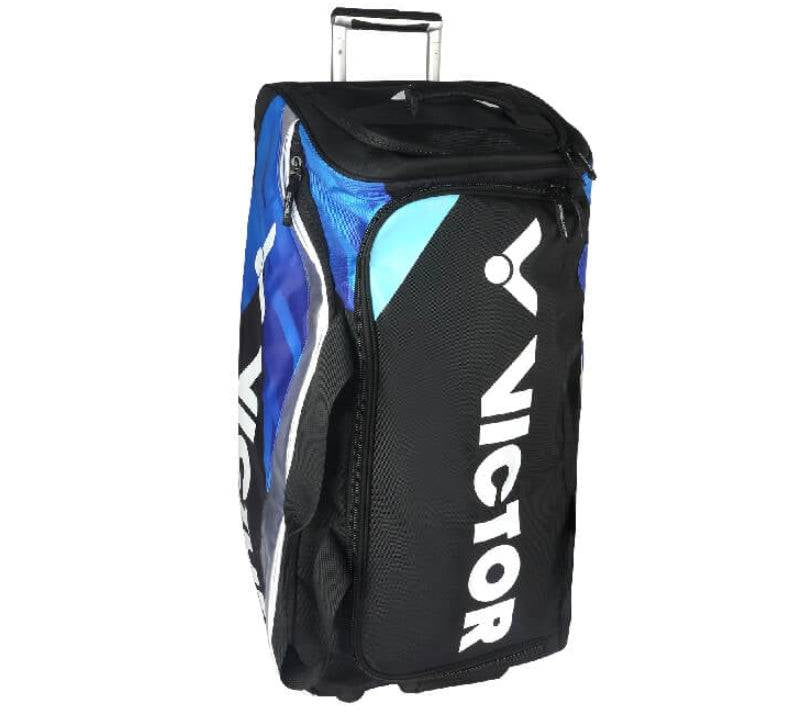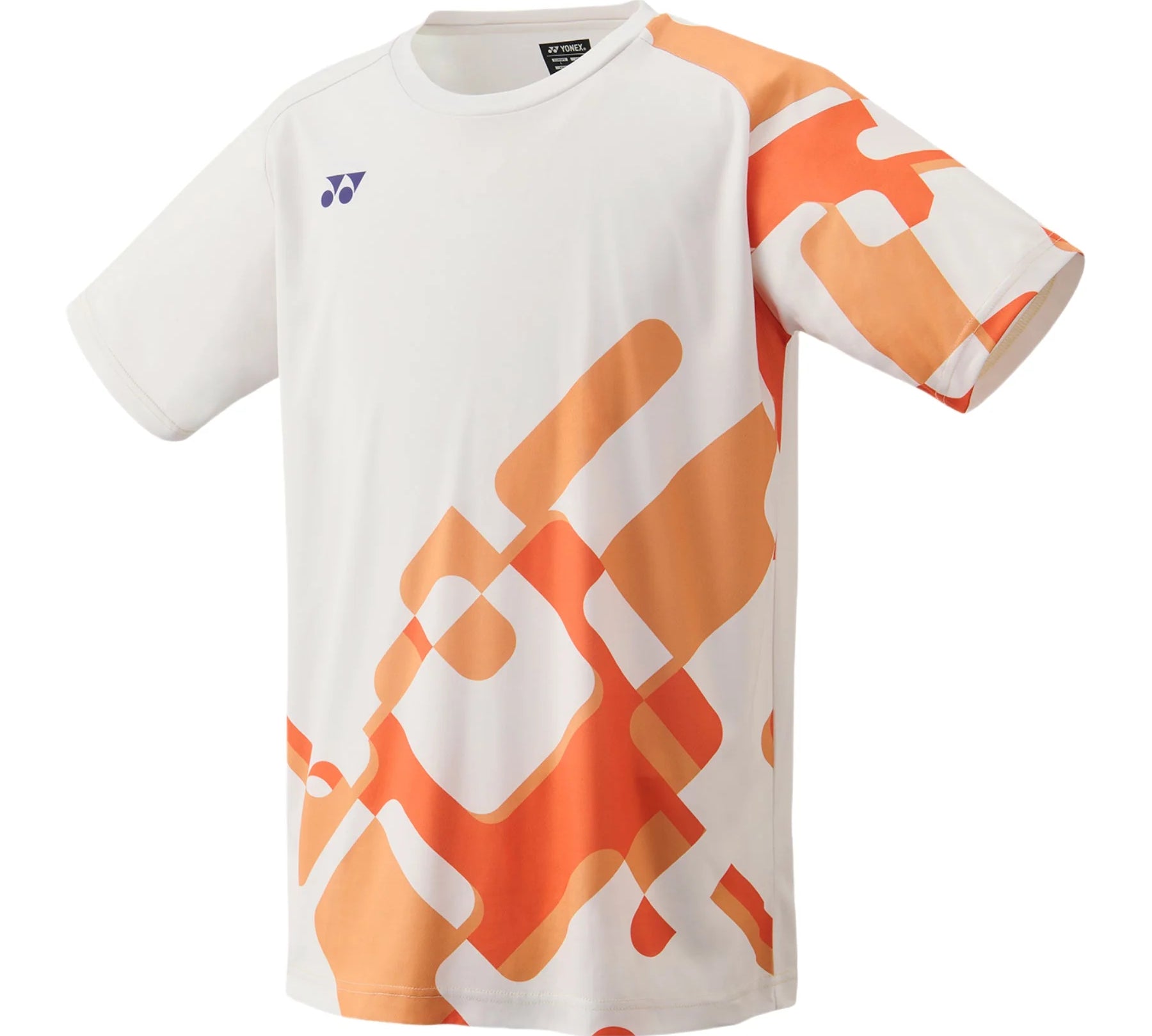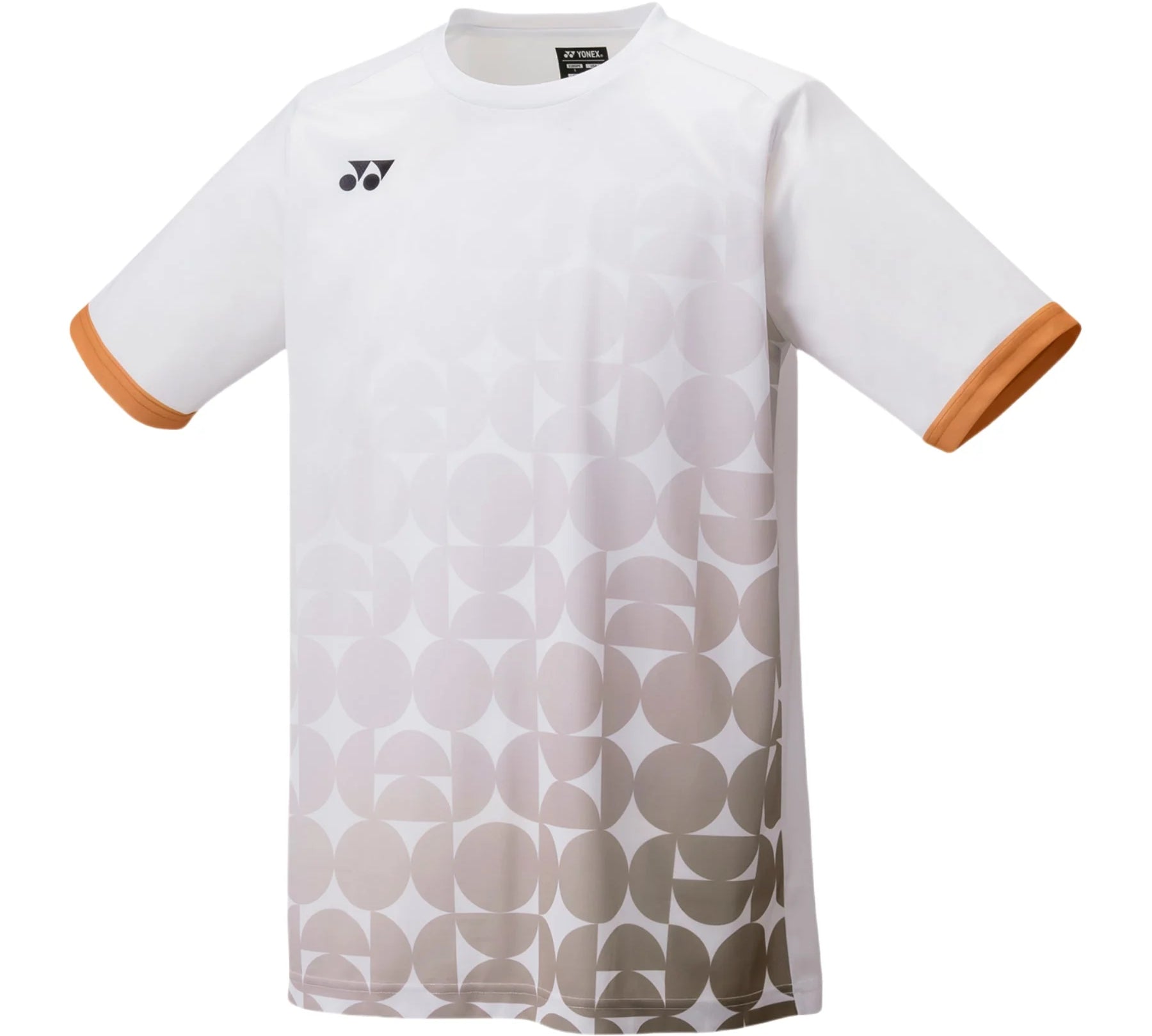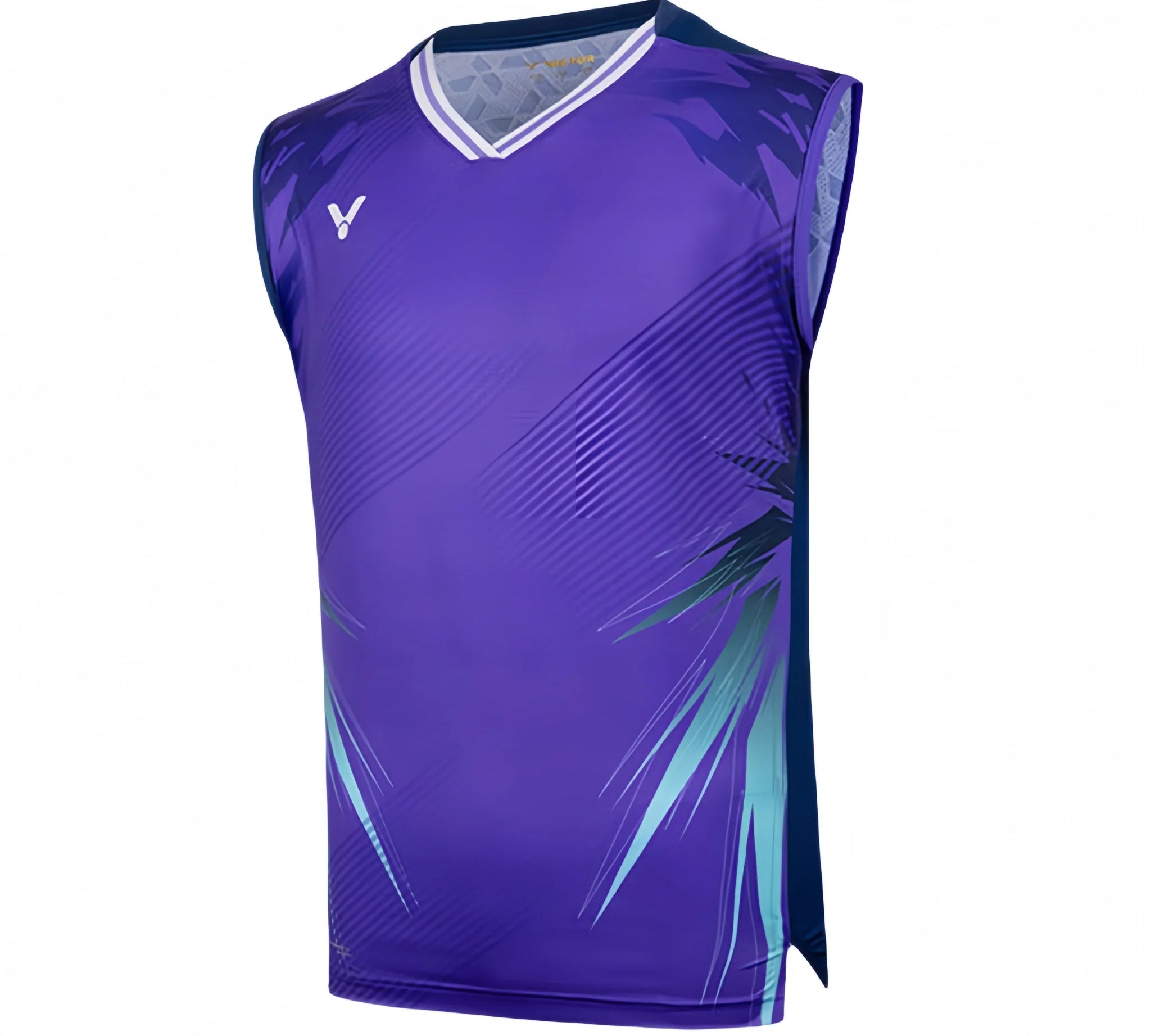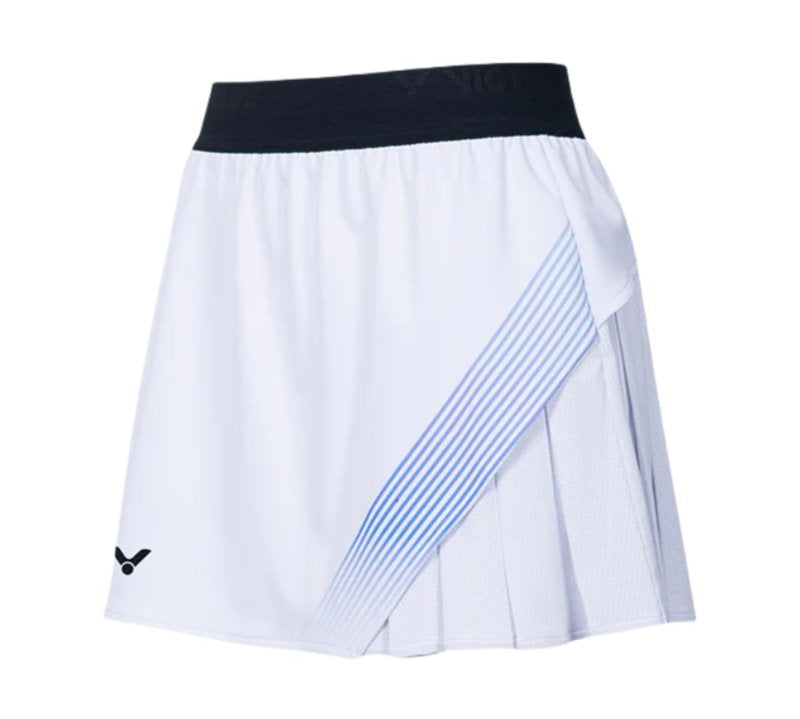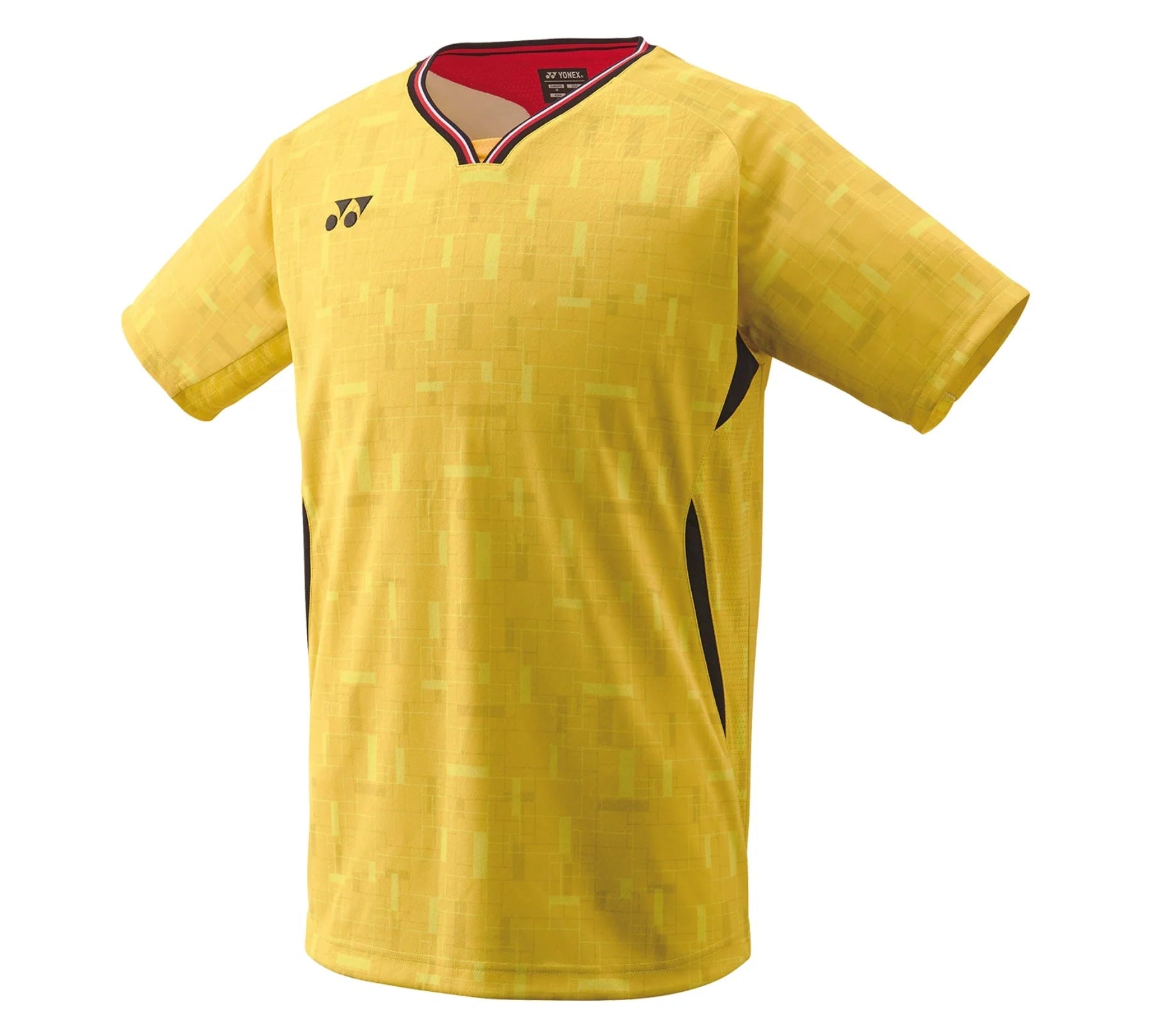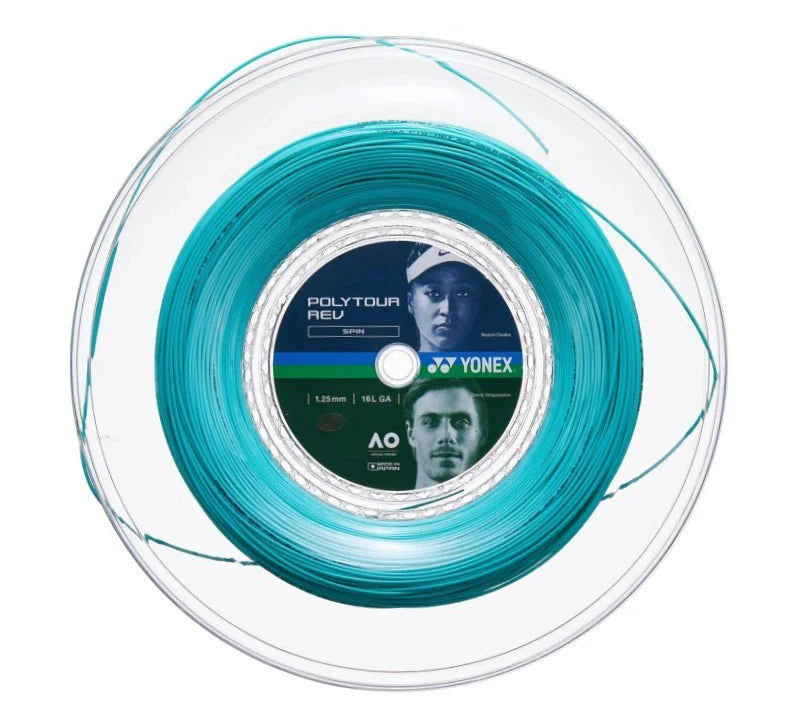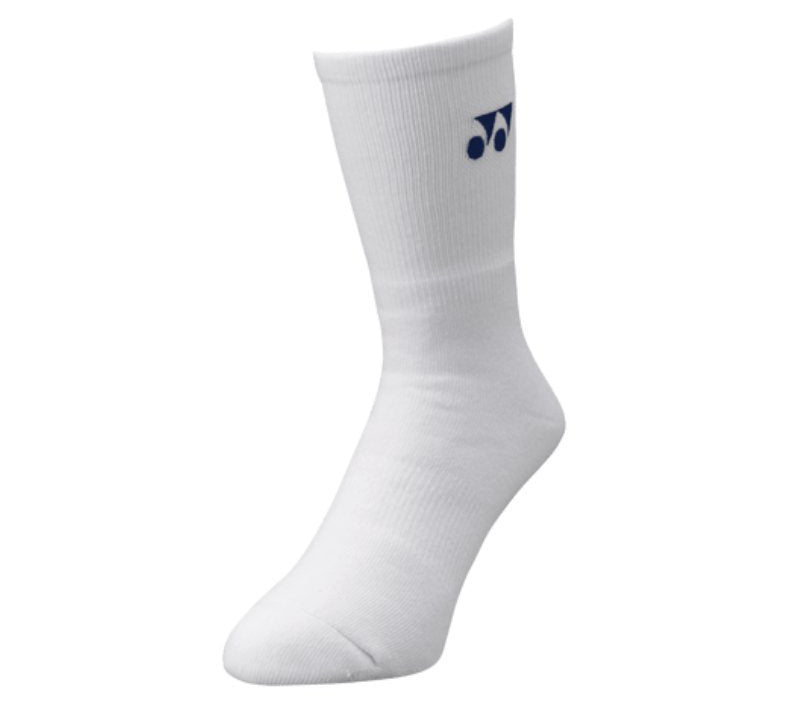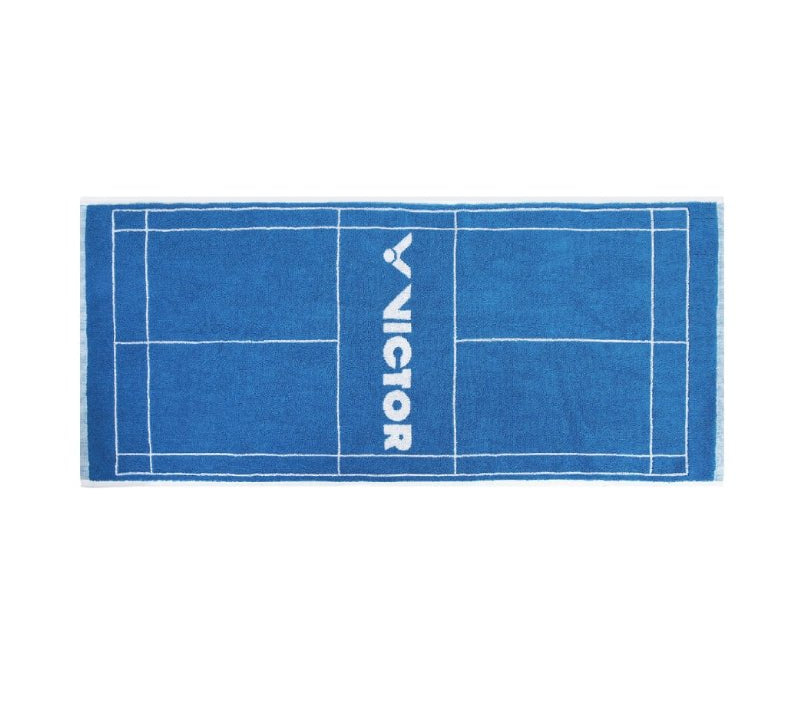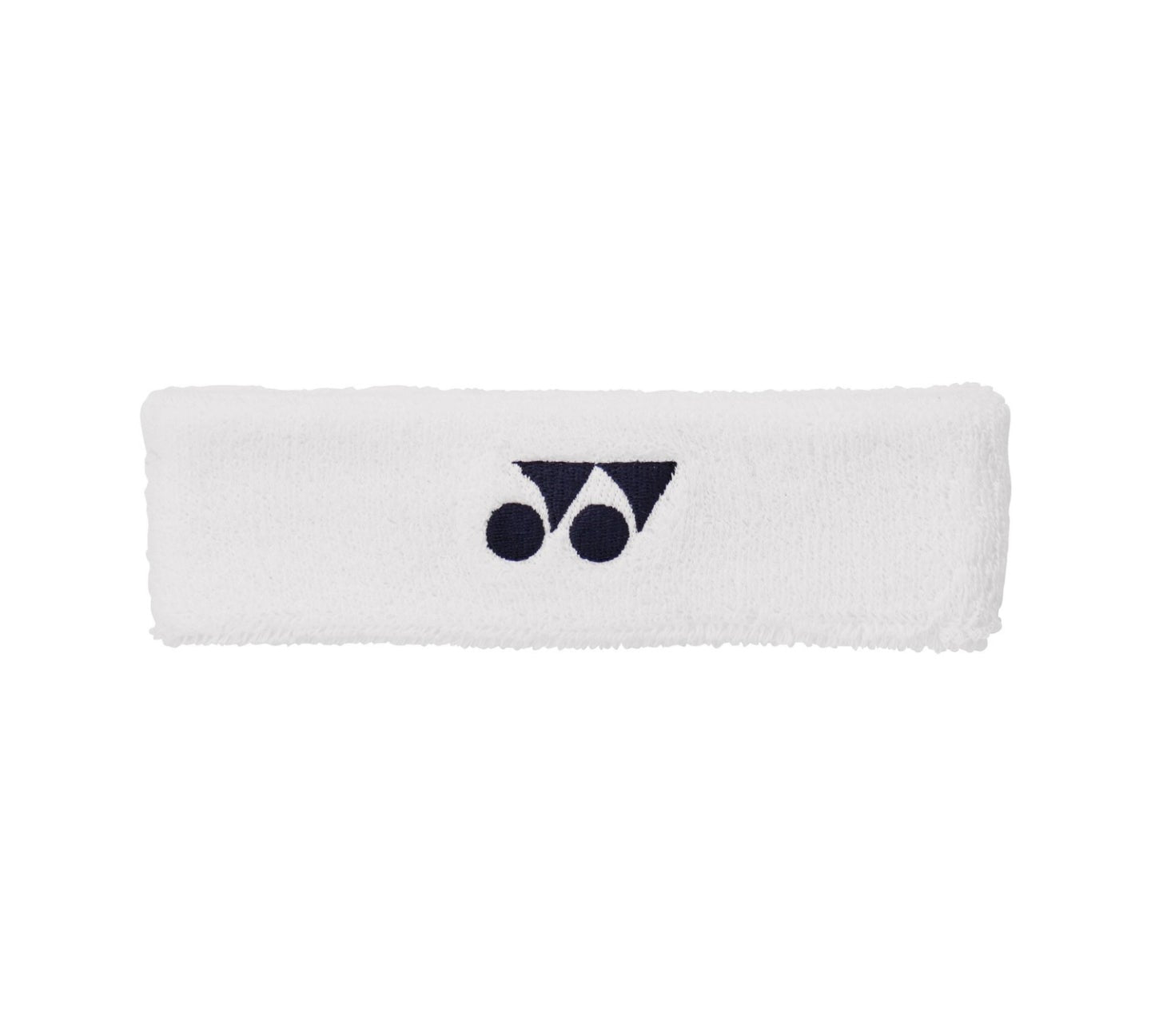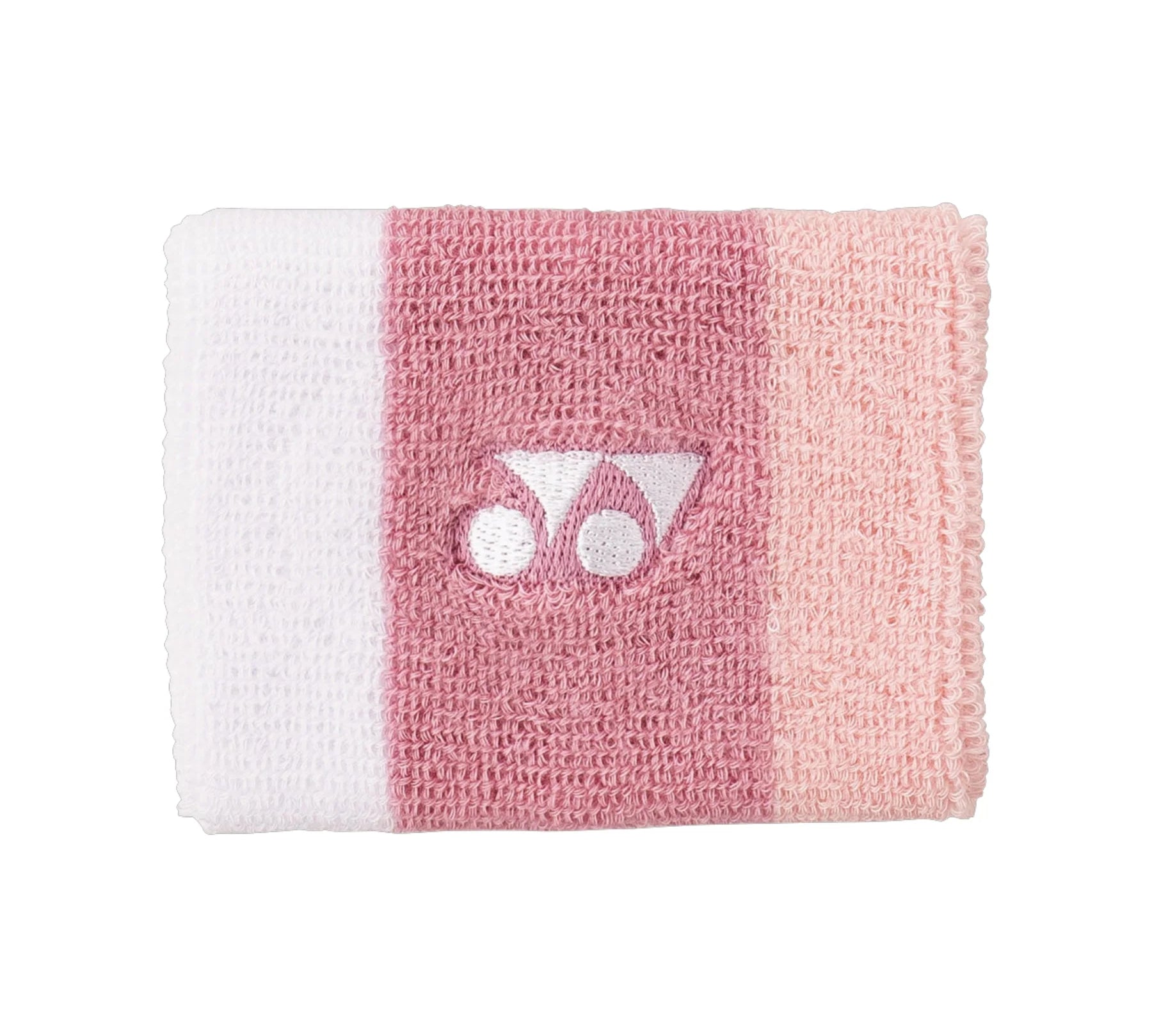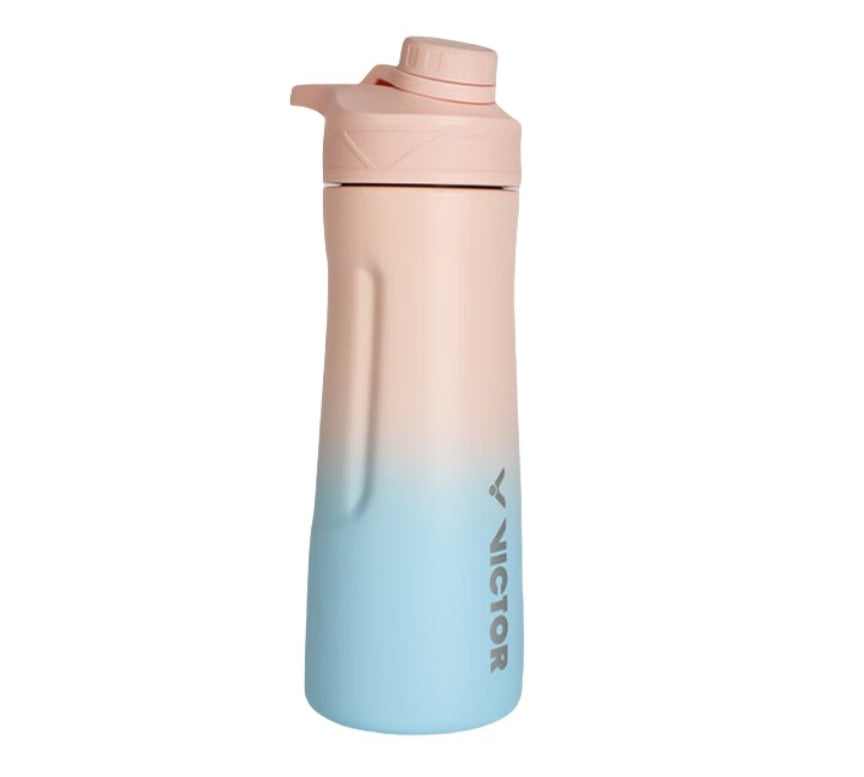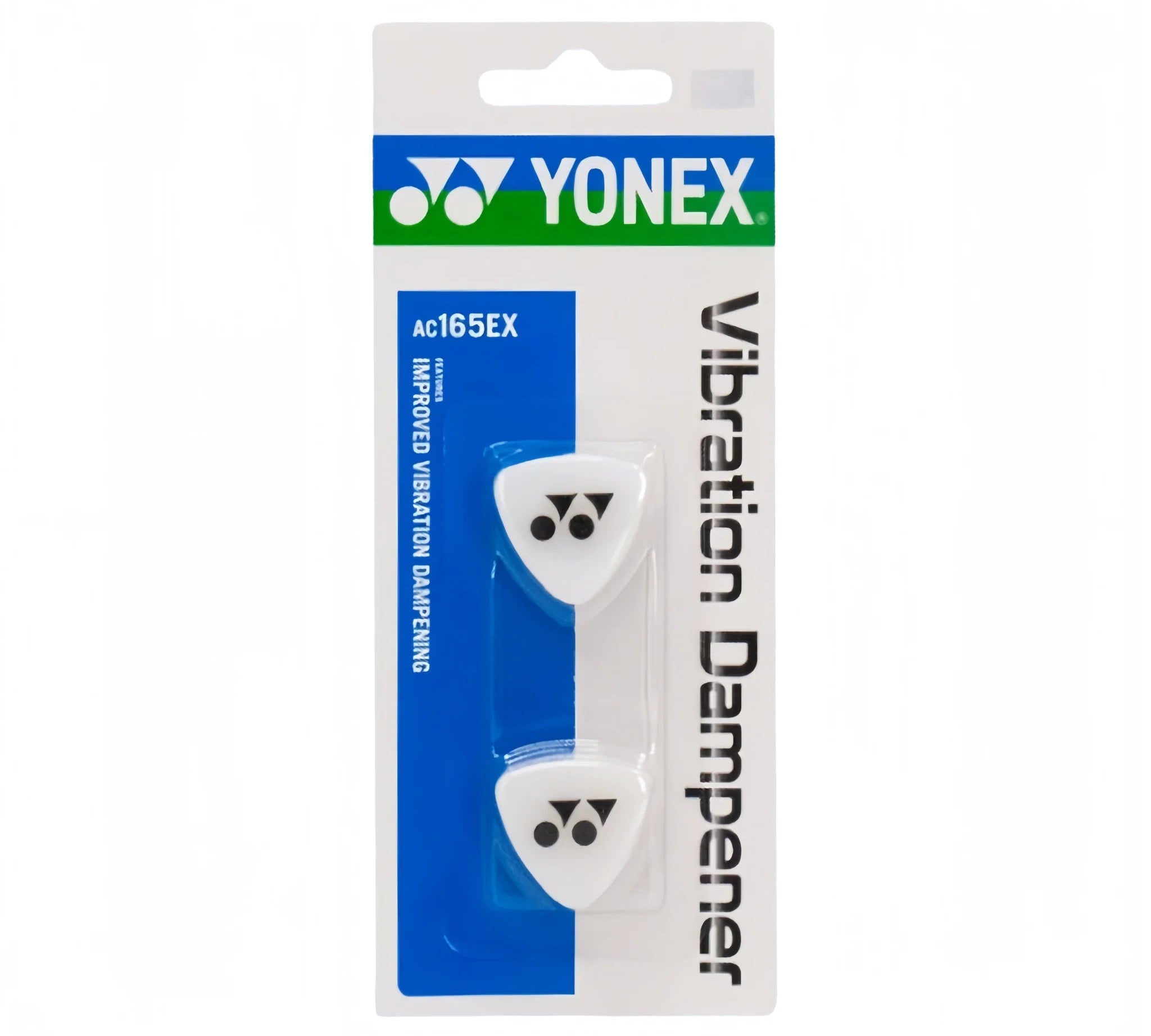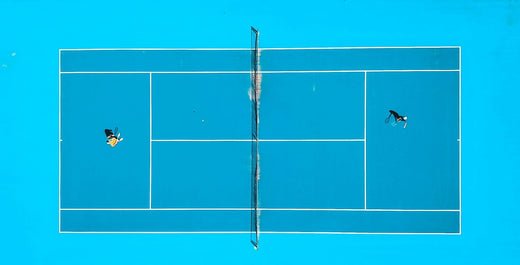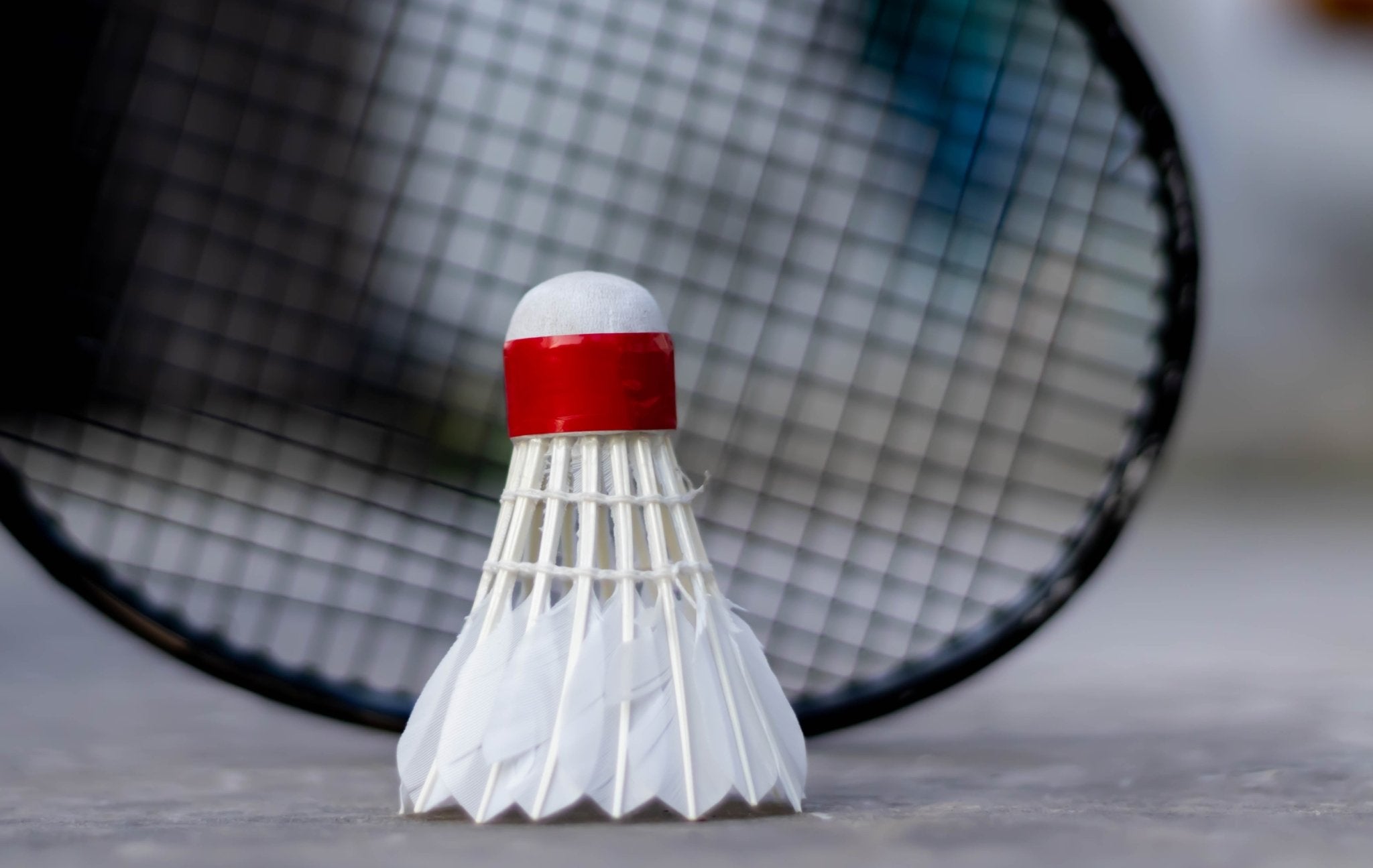Badminton and tennis are two incredibly popular racket sports enjoyed by millions around the world. Whether you’re playing casually with friends or training to compete, both offer exciting challenges and numerous health benefits. However, when it comes to choosing the right sport for you, there are a few factors to consider, from the playing environment and required skills to the equipment and fitness levels needed. At GemSport, we believe in helping athletes of all levels find the perfect sport and gear that suits their needs. In this post, we’ll compare badminton and tennis, helping you determine which is the best fit for your personality, fitness goals, and lifestyle.
1. Understanding the Basics: Badminton vs Tennis
Badminton
Badminton is a fast-paced, high-intensity indoor or outdoor sport where players use lightweight rackets to hit a shuttlecock back and forth across a net. The objective is to land the shuttlecock in your opponent’s court while avoiding their return. Badminton is known for its quick reflexes, precise footwork, and agility, making it an exciting sport to play and watch.
-
Playing Surface: Badminton is typically played on a rectangular indoor court, measuring 13.4 meters long and 5.18 meters wide for singles play. The surface is often made of wood, synthetic material, or special flooring designed to absorb shock and offer good traction.
-
Racket: The badminton racket is much lighter than a tennis racket, typically weighing between 70-100 grams. It has a larger head to make it easier to hit the shuttlecock and offers quick maneuverability.
-
Gameplay: Badminton matches are played in a fast, back-and-forth style, with long rallies and quick reactions required. The shuttlecock’s unique shape and lightweight nature make it slower than a tennis ball, but the game’s speed is amplified by the fast reflexes and agility required.
Tennis
Tennis, on the other hand, is a widely recognized sport played on a rectangular outdoor or indoor court with a net dividing the two sides. Players use a heavier racket to hit a rubber ball over the net into the opponent's side of the court, aiming to score points by landing the ball in the opponent’s court. Tennis matches can be fast-paced or strategic, depending on the style of play.
-
Playing Surface: Tennis is usually played on hard courts, grass, or clay. Each surface offers its own advantages and challenges. Hard courts are fast and offer a consistent bounce, while grass courts are faster with a lower bounce, and clay courts slow the game down and make for longer rallies.
-
Racket: Tennis rackets are heavier and sturdier than badminton rackets, typically weighing between 280-330 grams. These rackets are designed for power and control, allowing players to generate forceful strokes and control the direction of the ball.
-
Gameplay: Tennis requires a lot of running and quick decision-making, with players covering a larger area of the court compared to badminton. Tennis matches can be played in singles or doubles formats, and the rallies are typically longer due to the weight of the ball and the style of play.
2. Skills and Fitness: Which Sport Requires What?
Badminton Skills and Fitness
Badminton is a sport that demands agility, flexibility, and quick reflexes. Because of the speed at which the shuttlecock travels, players need to have excellent hand-eye coordination, explosive movement, and the ability to change direction rapidly. The compact nature of the court means you’re constantly moving, making badminton a great cardiovascular workout.
- Fitness Level: To excel in badminton, you need high endurance, especially in your legs and core. The sport demands short bursts of speed, so it’s great for improving agility, stamina, and cardiovascular health.
- Skills: Quick reflexes, precision, and coordination are essential. Mastering the forehand, backhand, and different styles of serves is crucial to becoming proficient in badminton.
Tennis Skills and Fitness
Tennis is known for its power, endurance, and mental toughness. While agility is still crucial in tennis, the larger court means you need to cover more ground, making fitness even more important. Tennis players rely on their ability to generate powerful serves, execute groundstrokes, and deliver accurate volleys. In doubles matches, teamwork and communication are key.
- Fitness Level: Tennis requires a high level of aerobic fitness. Endurance is critical, especially for longer rallies and matches. Tennis also requires strong lower-body and upper-body strength to generate power and speed in strokes.
- Skills: In tennis, you’ll need a solid understanding of stroke technique, footwork, and strategies. Serving is one of the most important skills, along with the ability to rally and maintain consistency throughout the match.
3. Equipment and Costs: Which Sport Is More Affordable?
Badminton Equipment
Badminton gear tends to be more affordable compared to tennis, as the sport requires fewer accessories. A beginner racket can be purchased for a relatively low price, and shuttlecocks are also inexpensive. The only major investment in badminton is the shoes, which should be non-marking and offer good grip for quick movement on indoor courts.
- Racket: $20 - $200 (depending on brand and material)
- Shuttlecock: $5 - $50 (depending on quality)
- Shoes: $40 - $100 (for indoor court shoes)
Tennis Equipment
Tennis requires more expensive equipment, especially if you’re looking to purchase a high-quality racket. The cost of tennis rackets ranges widely, depending on the brand, material, and performance level. Tennis balls need to be replaced regularly as they lose their bounce over time, and a good pair of tennis shoes is crucial for safety and performance on hard or grass courts.
- Racket: $50 - $300 (depending on brand and features)
- Tennis Balls: $5 - $20 (for a can of three)
- Shoes: $50 - $150 (for tennis-specific shoes)
4. Which Sport Is Right for You?
The choice between badminton and tennis comes down to a few key factors:
-
Court Size: If you prefer a sport that’s played on a smaller court with fast reflexes and quick movements, badminton is a great choice. Tennis, on the other hand, offers more space to cover, which may appeal to those who enjoy running and longer rallies.
-
Intensity and Fitness Goals: Badminton is excellent for those looking to improve their agility and cardiovascular fitness, while tennis is ideal for individuals who enjoy endurance challenges and full-body strength training.
-
Equipment and Budget: If you’re on a budget and want an affordable option to get started, badminton is a more cost-effective choice. Tennis, while requiring a higher initial investment, offers long-term value for those looking to compete or play regularly.
-
Skill Level and Personal Preference: Finally, consider what you’re most interested in. If you enjoy high-intensity, fast-paced action in a compact setting, badminton might be your sport of choice. But if you like the idea of hitting a powerful ball over a net on a larger court, tennis may be more your style.
5. GemSport’s Equipment for Both Sports
At GemSport, we provide high-quality equipment for both badminton and tennis players. Whether you're looking for a beginner-friendly racket or advanced-level gear, our extensive collection includes top-tier brands like YONEX and VICTOR for badminton, and Wilson and Head for tennis. Whether you're just getting started or looking to upgrade your gear, we’ve got everything you need for the court.
Conclusion
Choosing between badminton and tennis ultimately depends on your personal preferences, fitness goals, and lifestyle. Both sports offer their own unique challenges and rewards. Whether you’re drawn to the fast pace of badminton or the endurance demands of tennis, there’s no wrong choice—just the one that suits you best. At GemSport, we’re here to help you find the perfect equipment for whatever sport you choose.











